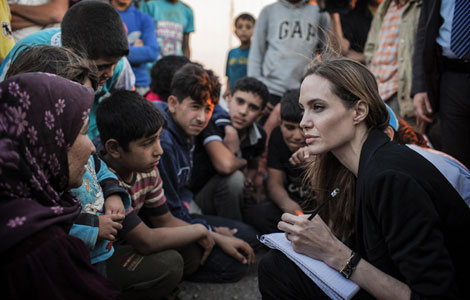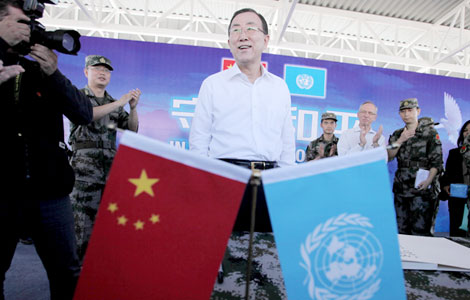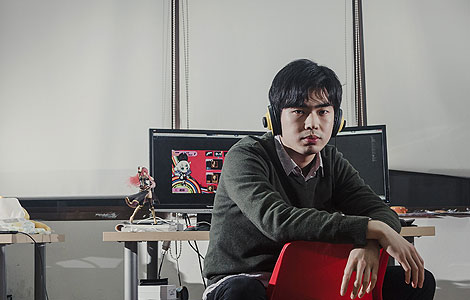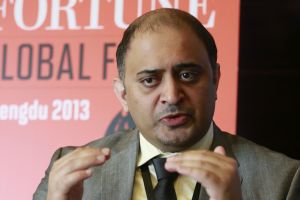Monk-doctors fill medical, spiritual needs
Updated: 2013-05-08 01:37
By Wang Huazhong and Palden Nyima in Lhasa (China Daily)
|
||||||||
Ancient practice becoming less common with changes in science
The fragrance of Tibetan incense lingers in the clinic where monk Ngagwang Thayi donned rubber gloves, a mask and a white coat on top of his saffron robes.
He checked the head of a patient before performing a minor operation to drain blood from the hypertensive patient's head.
Just one minute earlier, Ngagwang Thayi had tightened a bandage on the patient's forehead by twisting a chopstick. He then jabbed and forced a "7"-shaped knife between the man's eyebrows to let out a stream of dark blood.
"Blood lipids can cause headaches, dizziness, red eyes and a green face; therefore, the excessive accumulation of blood lipids should be let out," he said.
"Yet we can't do it carelessly. We have to pick an auspicious day, and the patients have to drink herbal drugs and chant sutras, and are forbidden from doing a series of things before the operation," such as not drinking cold water.
The method, which has been practiced for more than 1,900 years since the rise of the Bon religion, can also cure a wide range of conditions such as varicose veins and liver and stomach diseases, he said.
Ngagwang Thayi, 39, is a monk from and working for the Drepung Monastery. He is also a well-educated doctor who has mastered the Tibetan, Han and Western medical sciences.
As early as the eighth century and well before Yuthok Yonten Gonpo founded the Tibetan traditional medical science, monk-doctors have prevailed in Tibet.
According to local researchers, the current number of monk-practitioners has dropped along with the development of modern medical science, both in the East and West, and thanks to the Tibet autonomous region government's efforts to provide professional and inexpensive medical services and insurances to locals.
In Lhasa, the region's capital, there are 60 to 70 monk-doctors, according to a local official's estimate. In comparison, all practitioners were religious figures when the predecessor of the Hospital of Tibetan Medical Sciences was established in 1916.
Yet many Buddhists and followers visit from neighboring Gansu and Qinghai provinces to find a cure in such clinics of religious background for assurance and comfort.

 Michelle lays roses at site along Berlin Wall
Michelle lays roses at site along Berlin Wall
 Historic space lecture in Tiangong-1 commences
Historic space lecture in Tiangong-1 commences
 'Sopranos' Star James Gandolfini dead at 51
'Sopranos' Star James Gandolfini dead at 51
 UN: Number of refugees hits 18-year high
UN: Number of refugees hits 18-year high
 Slide: Jet exercises from aircraft carrier
Slide: Jet exercises from aircraft carrier
 Talks establish fishery hotline
Talks establish fishery hotline
 Foreign buyers eye Chinese drones
Foreign buyers eye Chinese drones
 UN chief hails China's peacekeepers
UN chief hails China's peacekeepers
Most Viewed
Editor's Picks

|

|

|

|

|

|
Today's Top News
Shenzhou X astronaut gives lecture today
US told to reassess duties on Chinese paper
Chinese seek greater share of satellite market
Russia rejects Obama's nuke cut proposal
US immigration bill sees Senate breakthrough
Brazilian cities revoke fare hikes
Moody's warns on China's local govt debt
Air quality in major cities drops in May
US Weekly

|

|








